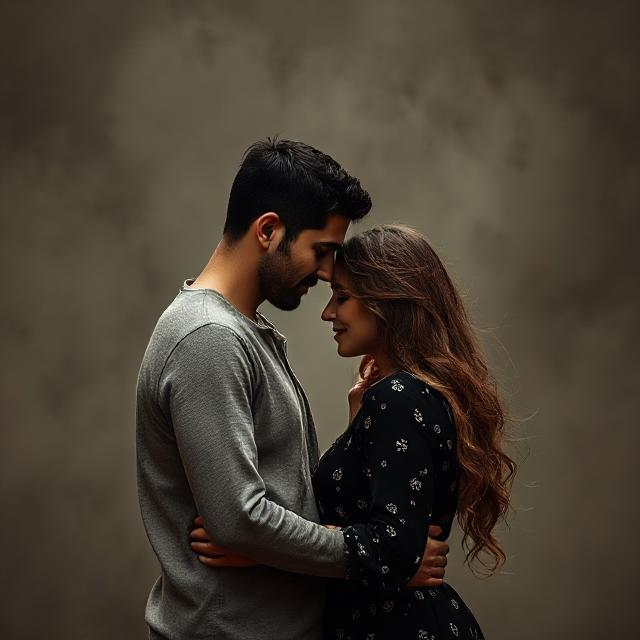
Socio-Anthropology of Love
Imagine love as a dance between two people. Just as dancers move to the rhythm of music, romantic relationships are shaped by the invisible rhythms of culture and society. From the steps they take to the roles they assume, every aspect of a couple’s interaction mirrors the socio-anthropological forces that guide human behavior.
Romantic relationships often resemble a theatrical play directed by societal norms. Each culture provides a “script” that dictates how love should unfold.
In some societies, like traditional Nepal, arranged marriages follow a script written by families, prioritizing duty over passion.
In contrast, Western cultures favor a “love marriage” script, where individuals choose partners based on personal affection. These scripts are not random; they reflect deeper values, such as collectivism versus individualism, showing how society molds romantic ideals.
Love affairs can also be viewed as a marketplace, where emotional and material resources are exchanged. Historically, marriages were economic transactions—brides brought dowries, grooms offered wealth. Even today, financial stability often influences partner choice, subtly echoing past practices.
Modern dating apps, with profiles as “advertisements” and swipes as “bids,” mirror market dynamics. This analogy reveals how love, though deeply personal, is intertwined with practical considerations of survival and status.
Romantic relationships act as bridges connecting families and communities. In medieval Europe, royal marriages were strategic alliances, turning lovers into diplomats.
Similarly, in many cultures, marriages today still link families, creating networks of support. This bridge analogy highlights love’s role beyond individual happiness—it forges social bonds, ensuring cooperation and continuity across generations.
Gender roles in love resemble a game with predefined rules. Traditionally, men were expected to initiate courtship, while women waited passively—a game of pursuit and permission.
However, feminism has rewritten these rules, encouraging equality in emotional expression and household roles. This shift, like altering a game’s guidelines, shows how evolving societal norms transform romantic interactions, balancing power dynamics between partners.
Love affairs are neither entirely free nor entirely scripted. They exist in a delicate balance between individual emotion and societal influence, much like dancers improvising within a choreographed routine.
Understanding the socio-anthropological angles—scripts, markets, bridges, and games—allows us to appreciate love’s complexity. It is a dance where culture sets the rhythm, but the dancers co-create the steps, blending tradition with personal passion.
Through this lens, love emerges not just as a private feeling but as a mirror reflecting the values, struggles, and aspirations of the societies we build.